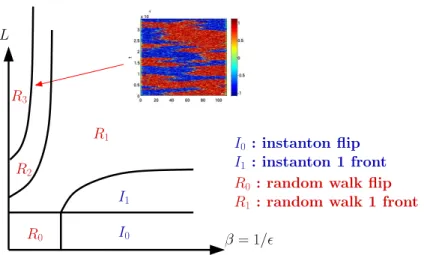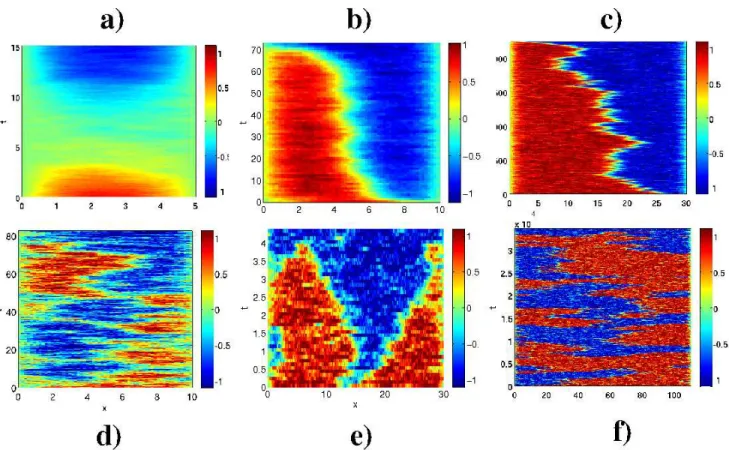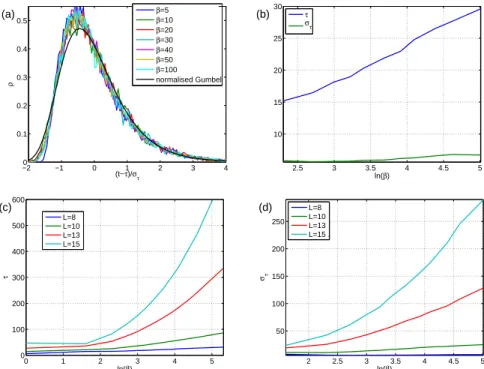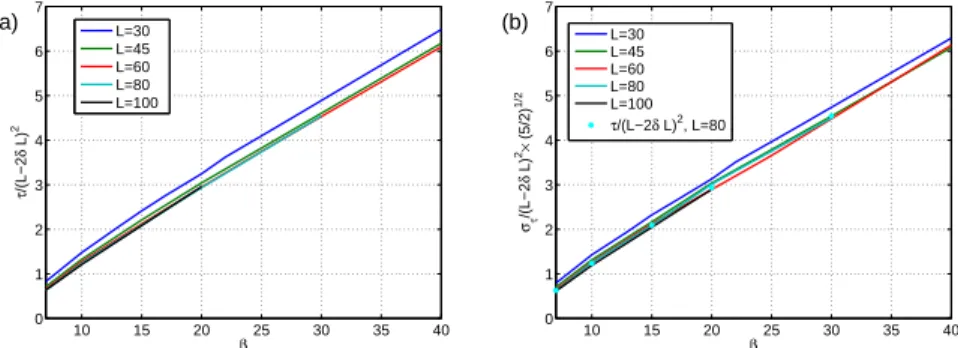Computing transition rates for the 1-D stochastic Ginzburg–Landau–Allen–Cahn equation for finite-amplitude noise with a rare event algorithm
Texte intégral
Figure
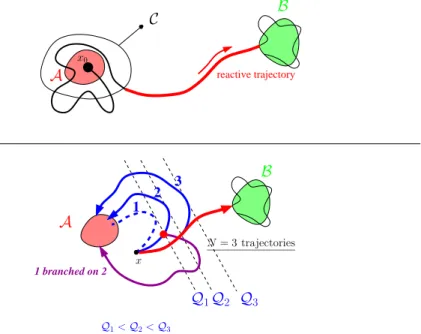
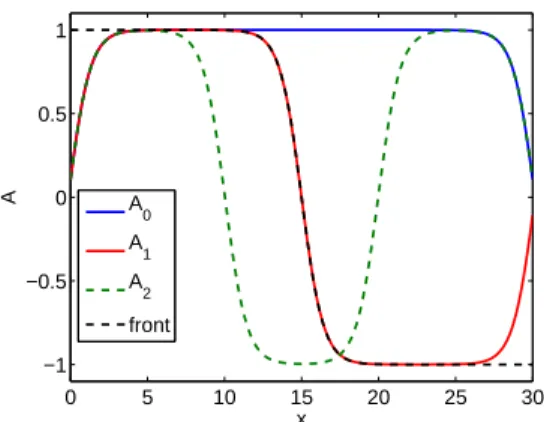


Documents relatifs
We remark also that this result points out the difference between minimal surfaces and level sets of Allen-Cahn solutions from the point of view of half-space theorems: for n ≥ 4
The theorem then states that the solution u ε remains close to the step function ˜ u on the time interval [t ε , T ] (motion of interface); in other words, the motion of the
After establish the a priori estimates and the exponential integrability of both the exact and numerical solutions, we are in position to give the other main result on the
Regularity structures have been successfully applied to several other equations, including the KPZ equation [Hai13, HS17] and its generalisations to polynomial nonlinearities
One-dimensional symmetry for solutions of Allen Cahn fully nonlinear equationsI. Isabeau Birindelli,
An abstract construction of a robust family of exponential attractors was first proposed, and then applied in every space dimension to the backward Euler time semidiscretization of
We prove the multidimensional stability of planar traveling waves for scalar nonlocal Allen-Cahn equations using semigroup estimates... Note that with Hypothesis (H2) for the kernel
We will start by deriving a lower bound on the expected transition time, i.e., we will prove the upper bound on the capacity (3.15) (in Section 4.1) and the lower bound on the
